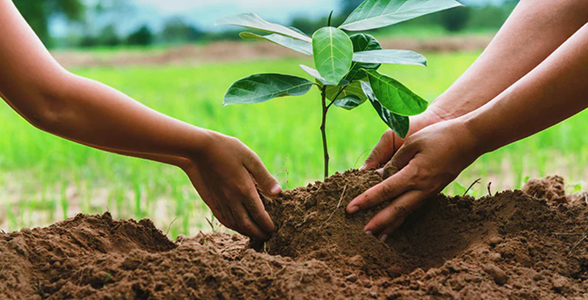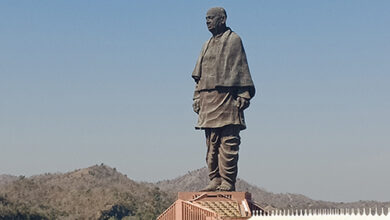
In a world driven by profit margins and economic growth, the planet is paying the ultimate price. Forests are vanishing, biodiversity is collapsing, and the climate is spinning into crisis. All too often, this destruction is justified in the name of saving—or making—money. But here’s the truth we can no longer ignore: saving money at the cost of trees is a debt we can’t afford to pay.
Trees: The Silent Guardians of Life
Trees do far more than line our streets and fill our parks. They clean our air, regulate temperature, prevent soil erosion, support ecosystems, and sequester carbon. A single mature tree can absorb up to 48 pounds of carbon dioxide per year and provide oxygen for two people. Forests are home to 80% of terrestrial biodiversity and play a crucial role in maintaining water cycles and climate stability.
Cutting down a tree for short-term gain is like smashing your thermostat to save on heating bills—it might feel efficient now, but it guarantees disaster later.
The False Economy of Deforestation
From corporate logging to urban sprawl, trees are often the first casualty of cost-saving measures. A developer clears a forest to cut construction costs. A company chooses plastic packaging over sustainable materials to save pennies per unit. A city widens roads instead of planting trees to combat heatwaves. In each case, money is saved—but at a cost far greater than dollars.
When we save money by destroying nature, we are only shifting the cost. Rising healthcare expenses from polluted air, loss of income from climate-induced disasters, and food insecurity from soil degradation are just a few of the long-term consequences.
Also Read: World Environment Day | Health & Fitness Tips
What Are We Really Saving?

When we prioritize money over trees, we’re not being smart—we’re being short-sighted. The value of a forest is not just in its timber, but in its living presence. It supports agriculture by stabilizing rainfall. It boosts mental health. It provides natural flood control. Studies have shown that green spaces even increase property values and reduce crime.
So the question isn’t “Can we afford to save the trees?” It’s “Can we afford not to?”
A Shift in Mindset: Investing in Nature
“Save Trees, Not Money” isn’t a call to abandon economic responsibility. It’s a call to redefine value. True wealth isn’t measured in bank balances, but in clean air, drinkable water, fertile soil, and a stable climate.
Governments, businesses, and individuals must act with the understanding that every tree cut down is a line of credit we’re borrowing from future generations. We need to invest in reforestation, sustainable practices, and green infrastructure—not because it’s trendy, but because it’s the only path to survival.
What Can You Do?
- Plant trees—at home, in your community, through donation platforms.
- Support policies that protect forests and restrict deforestation.
- Buy responsibly—choose products made from sustainable or recycled materials.
- Speak up—raise awareness, educate others, and demand action.
In Conclusion
Let’s be clear: trees are not optional. They are essential to life itself. The money we save today by sacrificing them will mean nothing in a future where clean air and water are luxuries.
Save Trees, Not Money.
Because when the last tree is gone, no amount of money will bring it back.
Also Read: 10 Benefits of Yoga



